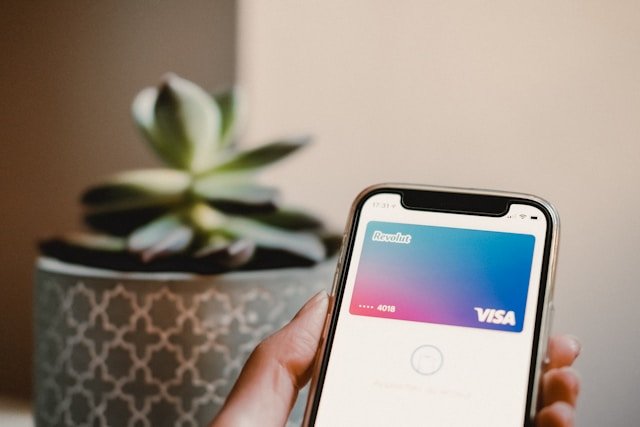Digital this, digital that, digital banking. We live a digital world today; even our money is now handled online. It’s convenient, anyone remember the long slow ques at the bank? History! Many of us now probably have mobile banking enabled or our bank’s application on our phones just for interacting with our finances… and that, is digital banking.
For Ugandans, platforms like Mobile Money, bank apps like Stanbic’s FlexiPay and online services from Centenary and Equity banks are enabling us easily handle our finances without the stressful atmosphere of a physical bank. Because let’s face it, no one enjoys spending time at the bank on a Monday morning. We like convenience and flexibility, which is exactly what digital banking is offering and why Ugandans are embracing it.
Financial inclusion. There was a time when most of Uganda’s population was unbanked. The fees were high, banks were limited to city areas and the people themselves preferred holding their cash to seeing numbers and trusting that that was their money. Digital banking has changed that, mobile money services are the best example. Even someone in the village, with a small mapeesa feature phone will access digital money via their mobile money account.
And of course, the speed and efficiency of digital banking. Let’s be honest, many of us use these digital banking services because they are fast. A mobile money transaction is instant. I send, and I know it has gone. This speed in transactions makes it appealing for businesses and even the normal citizens like myself… I really hate the “wait 3 business days” of corporate services.
That said, digital banking also has its fair share of challenges, just as traditional banking has its downsides. Some challenges of digital banking in Uganda include;
As more people turn to digital platforms, the risk of fraud and data breaches increases. One of the major downsides of digital life is cybersecurity threats. There’s always the risk of losing out bank credentials to cyber-attacks on our devices.
Then there’s the issue of digital literacy. Not everyone is tech-savvy, some, especially those in rural areas may struggle to navigate digital banking services. Some are still learning to use their phones which makes the chance of losing their money a high probability.
Internet access. To those of us that actually visit our villages every once in a while, we know how terrible internet access can be the deeper inland we go. Stable and reliable internet connection is still a challenge in some parts of Uganda, which makes digital banking a little harder to access. Even so, with mobile banking, where USSD codes are used, banking can still be done.
I know, it’s not failproof. Its money, we all want a guarantee secure way to handle our money without risk, but then again what’s life without a little risk. Still, partnerships between telecom companies and banks aim to provide seamless services. The bank of Uganda and other regulatory frameworks are proactive in ensuring security of digital transactions and also the rise of fintech startups makes digital banking a rapidly improving ecosystem.
Better yet, with the rise of E-commerce in Uganda, e-banking is bound to take root. Digital payment systems in Uganda are already taking over, today you can easily pay for groceries in our local markets MTN MOMO, cashless is the new normal.
For Uganda, this is beyond convenience, we are driving financial inclusion, boosting our economy and also bringing new perspective to how we interact with money.
Take a read, The Evolution of Banking: Online Vs Traditional Methods. From urban professionals paying bills on their phones to rural farmers and relatives receiving funds via mobile money, digital banking seems to be the new way to go.




